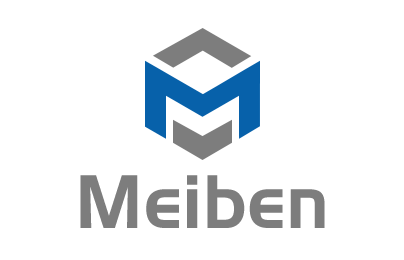The process of producing composite nonwoven products must be done under proper process control to ensure the highest quality of the final product. However, not all composite products are the same.
Detail of non-woven fabric
Some products use thick materials, and many use lighter materials for better comfort, especially when it comes to wearing products. Products made with lightweight composite materials include:
Face mask
surgical gown
Feminine Hygiene Products
diaper
filter product
When producing nonwoven composites, it is important to ensure that the lamination process does not damage the individual layers of the composite, especially to produce lightweight composites that are thinner and more fragile than high basis weight composites.
With this in mind, three methods can be used to increase the yield of lightweight composite nonwovens while minimizing the risk of producing defective products.
1. Use high-quality raw materials
The raw materials from which composites are produced will play a huge role in the final weight and strength. When it comes to nonwoven raw materials, there is a need for products with good tensile strength that are thin and light. Synthetic fibers and natural fibers are available and can be used in any combination.
Synthetic fibers, such as polyester, polypropylene, polystyrene, and other polymers, are the best choice for strong, lightweight raw materials that can be made into materials that are waterproof, breathable, heat-resistant, flexible, and printable. To improve the comfort and breathability of the product, durable and lightweight raw materials such as cotton can be added.
Regarding the bonding material, polyethylene film will provide optimal adhesion while maintaining lightness, softness and flexibility throughout the composite. In addition, polyethylene films can be used in different lamination processes to provide efficient waterproof barriers, high strength and tear resistance.
2. Lift tension control
Tension control is one of the most important factors in producing high quality composite nonwoven products. If the web tension is too high or too low in either direction, it can tear and damage one or more layers in the composite. This is especially true for lightweight materials: they are thinner and lighter, and the non-woven composites produced are more prone to damage. Improper tension control can also cause wrinkles, areas of incomplete bonding and incompatible layer widths.
A good understanding of the tensile strength of the raw materials used in composite materials is crucial: for lightweight materials, the tension setting must be absolutely precise, as even the smallest deviation can damage the material.
In this case, it is better to use an intelligent compounding system such as the A.Celli F-LineⓇ system, which utilizes sensors, cloud technology and software to monitor every step of the process – unwinding, compounding, slitting and coiling.
When a bird’s-eye view of the entire process is available, the system can detect defects and transmit production data in real-time, allowing fine-tuning of tension settings without stopping production. This ensures that the tension setting is always optimal for a high-quality end product.
3. Control the production speed
The speed of the production line must also be controlled throughout the lamination process, as it affects the web tension. In addition, especially when coiling the final composite, improper speed can cause end face expansion, wrinkles and air entrapment, resulting in defective coils.
Ideally, you want to produce as fast as possible without compromising the quality of the final product. In non-woven lamination, this means that the speed at which the layers are unwound and fed into the laminating equipment, the speed of passing through the laminating equipment and the speed of slitting and winding to form the finished roll, are all critical to obtaining a quality product .
As with tension, equipment equipped with sensors and cloud services can measure equipment speed and detect defects in materials at various stages of the process. This data can be analyzed and communicated so that necessary adjustments to the speed of the equipment can be made during operation. This capability will ultimately allow you to find the optimum production speed and ensure the integrity of each layer of composite nonwoven produced and the integrity and quality of the final product.
When these three aspects of the composite process are precisely controlled, lightweight nonwoven composites that are firm, soft, and comfortable can be produced with minimal risk to the integrity of the individual layers and the final composite.
Post time: May-27-2022

